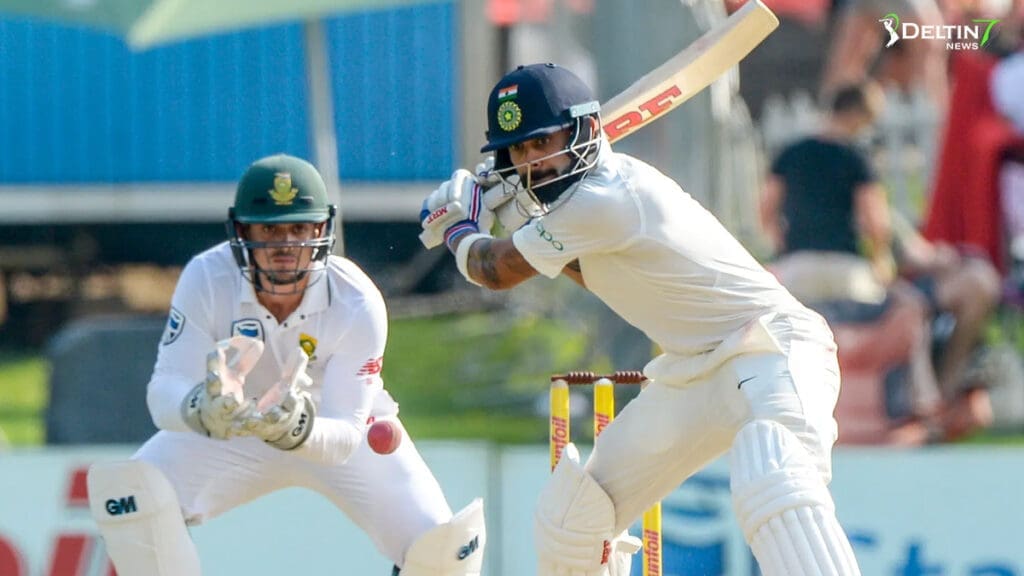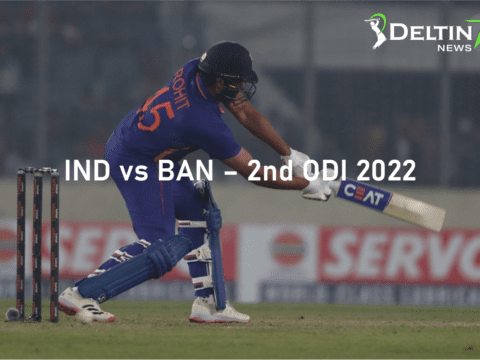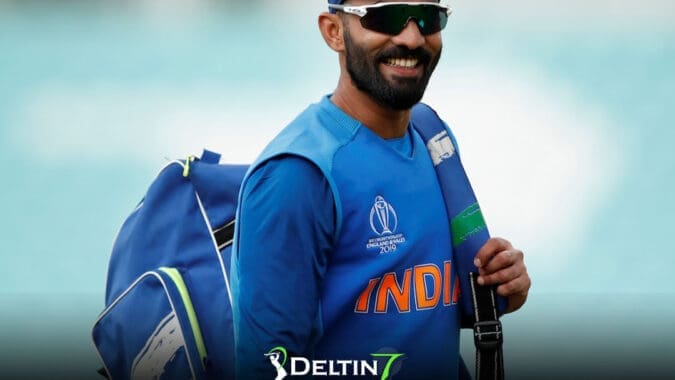
The Ultimate Challenge for Batting in South Africa: Rohit Sharma
South Africa is renowned as one of the most challenging places for batsmen to play cricket. The country’s pitches, characterized by their bounce and lateral movement, present a unique set of difficulties that test even the most skilled players. In this article, we will explore why South Africa is considered the toughest place to play for batsmen, examine the experiences of Indian cricketers in the country, and discuss the upcoming Test series between India and South Africa in 2023-24.
The Unfulfilled Quest for Victory
India’s cricketing history in South Africa has been marked by a persistent struggle to secure a Test series victory. Despite their successes in other parts of the world, the Indian team has never been able to conquer the challenges posed by South African conditions. This unfulfilled quest for victory adds an extra layer of significance to every tour, as the Indian players strive to achieve what no one has ever achieved before.
Rohit Sharma, the captain of the Indian team, expressed the importance of the upcoming Test series, highlighting the opportunity to rewrite history. “To look back, we have never won a series here as well, that’s a big opportunity in itself,” said Sharma. “We have come pretty close the last two times we toured here, and we come to this place with a lot of confidence trying to achieve what no one has ever achieved in this part of the world.”
The Dominance of Seam Bowlers
One of the key factors that make batting in South Africa so difficult is the dominance of seam bowlers. The pitches offer significant bounce and lateral movement, making it challenging for batsmen to find their rhythm. Over the years, India’s seam attack has earned respect for their performances in overseas conditions. They have excelled in Australia, England, and even in South Africa, coming close to victory on previous tours. However, the absence of experienced seamer Mohammed Shami poses a significant challenge for the Indian team.
“Our seamers have earned respect in how they have performed in overseas conditions,” remarked Sharma. “In the last 5-7 years in fact, we did very well in Australia and England, even in South Africa, we have come close. We won in Centurion and came pretty close in Jo’Burg and Cape Town, and the seamers have pulled their weight.”
Sharma acknowledged the difficulty of filling Shami’s shoes, emphasizing his experience and skill set in seaming conditions. “Shami will be a big miss. His experience and what he has done over the years will be a big miss. Someone will take his place, and it won’t be an easy role, but we have a lot of confidence in the guys who might take his place.”
The Progressive Challenges for Batsmen
One of the unique aspects of batting in South Africa is the fact that batsmen are never truly in. The ball continues to do something throughout the innings, making it difficult for batsmen to settle and build long innings. Surviving alone is not enough; a proactive run-scoring mindset is crucial to succeed in South African conditions.
“As a batter, it’s always a challenge to come and perform in South Africa, which is probably the hardest place to play for batsmen,” said Sharma. “I look forward to that challenge. Unfortunately, I couldn’t be here last time, but I’m looking forward to doing what is required from my side as a batter and see where it takes us.”
Sharma explained the progressive challenges batters face over the course of a Test match in South Africa. The pitches become more difficult to bat on as the game progresses, with cracks opening up and the bounce becoming more variable. It requires immense skill and concentration to navigate these conditions successfully.
“Bowlers dominate here because of the bounce and the lateral movement. It gets harder as the game goes on as the cracks open up and the bounce gets variable. Every day has its own challenge and as the game goes on it gets tougher and tougher to bat. It’ll be nice to put our hand up and get the job done for the team.”
Adapting to Conditions
Adapting to the challenging conditions in South Africa is crucial for success as a batsman. Sharma emphasized the importance of applying oneself and understanding the shots that yield runs in these conditions. Learning from the experiences of players who have scored runs in South Africa can provide valuable insights and strategies for tackling the unique challenges posed by the pitches.
“It’s important to apply yourself, understand what kind of shots yield runs, and how the bowlers are bowling,” said Sharma. “You will know how to score runs in these conditions, as our batters showed last time. It’s important to know that you’re never really in, even when you’re batting on 70 or 80.”
Sharma highlighted the need to have a run-scoring mindset rather than just aiming to survive. Merely looking to survive becomes difficult in South African conditions, making it essential for batsmen to approach their innings with the intent to score runs.
“If you just look to survive here, it gets difficult. You can’t just go there and look to survive, but going in with a run-scoring mindset helps.”
KL Rahul’s Transformed Role
KL Rahul, the Indian batsman, has undergone a significant transformation in his role within the team. He has embraced the challenge of opening the innings and has excelled in these conditions in the past. Sharma commended Rahul’s adaptability and his ability to understand the game, highlighting his contributions as an opener in both ODIs and Test matches. Rahul’s experience and success in South Africa make him a vital asset to the Indian team.
“Every cricketer has to go through some transformation or a different role in their career,” said Sharma. “The way KL kept playing in the World Cup was pleasing. He himself was keen to take up the role so he gave up the option to play a solid batter at 5-6-7 maybe.”
Rahul’s proficiency in these conditions and his ability to read the game make him a valuable asset in the middle order. Sharma expressed confidence in Rahul’s abilities, stating, “Even in the position where he’s batting in ODIs, he does most things right, bats and understands the game well. He knows what’s required in different stages of the game.”
The Desperation for Results
India’s recent performances have been marked by near misses, with the team coming close to winning silverware but falling short at the final hurdle. Sharma showed a glimmer of desperation, veiled by humor, as he emphasized the importance of achieving big results. Winning a Test series in South Africa would be a historic accomplishment for the Indian team, and they are determined to use all their tools and play with freedom to make it happen.
“We’ve worked so hard, so we want some results,” said Sharma with a wry smile, resulting in raucous laughter from the members of the press. “We want some big results. So we hope we can do well in this series. We have all the tools. We’ll try to play with freedom and not think about the past or the future and stay in the moment.”
Conclusion
South Africa presents the ultimate challenge for batsmen in the game of cricket. The combination of bounce, lateral movement, and progressive challenges throughout the innings make it a true test of skill and temperament. As India prepares for the upcoming Test series against South Africa in 2023-24, they are aware of the historical significance of a victory. With a talented seam attack, adaptability in batting roles, and a burning desire for results, the Indian team is ready to take on the ultimate challenge in South Africa.













